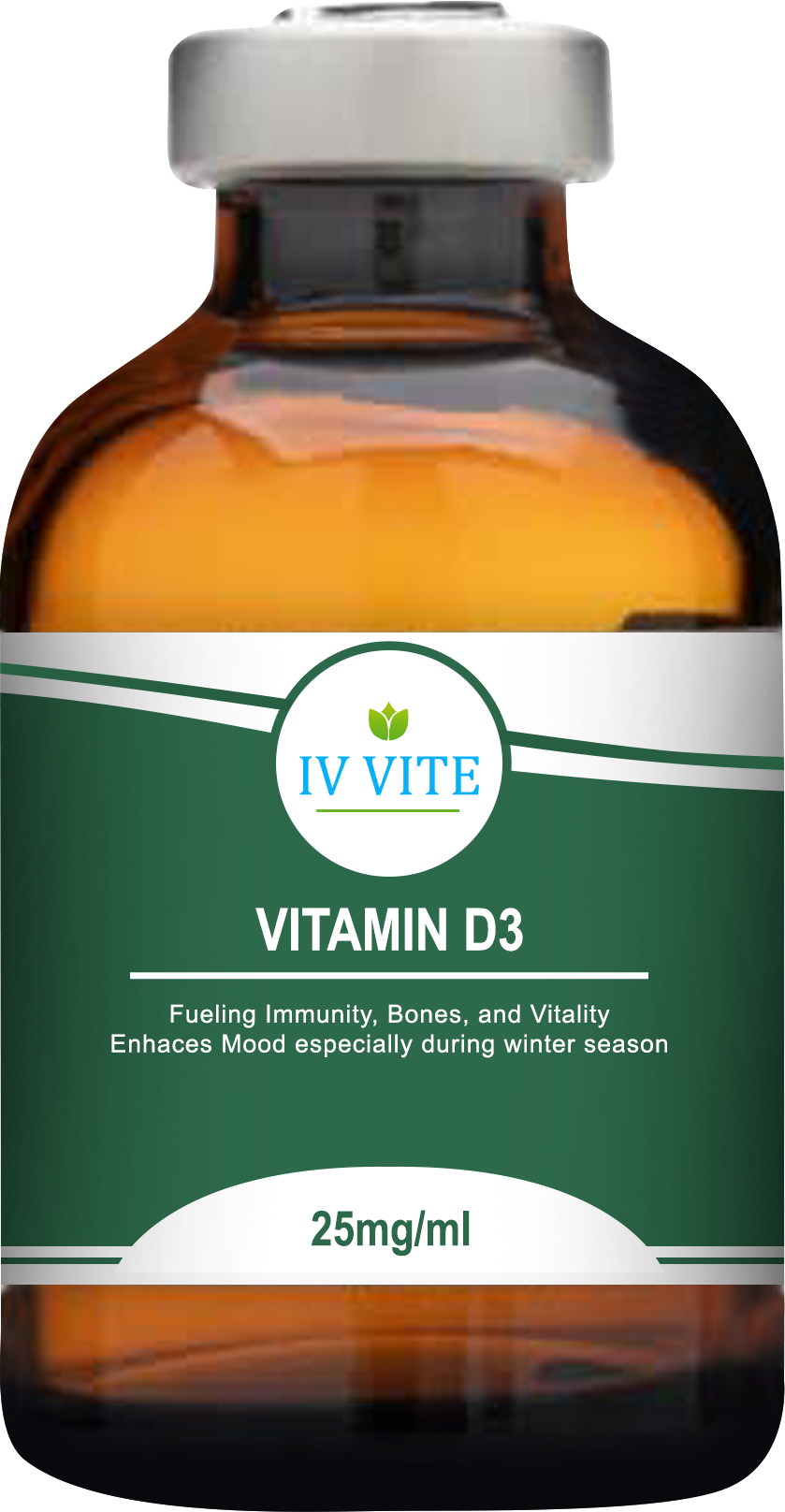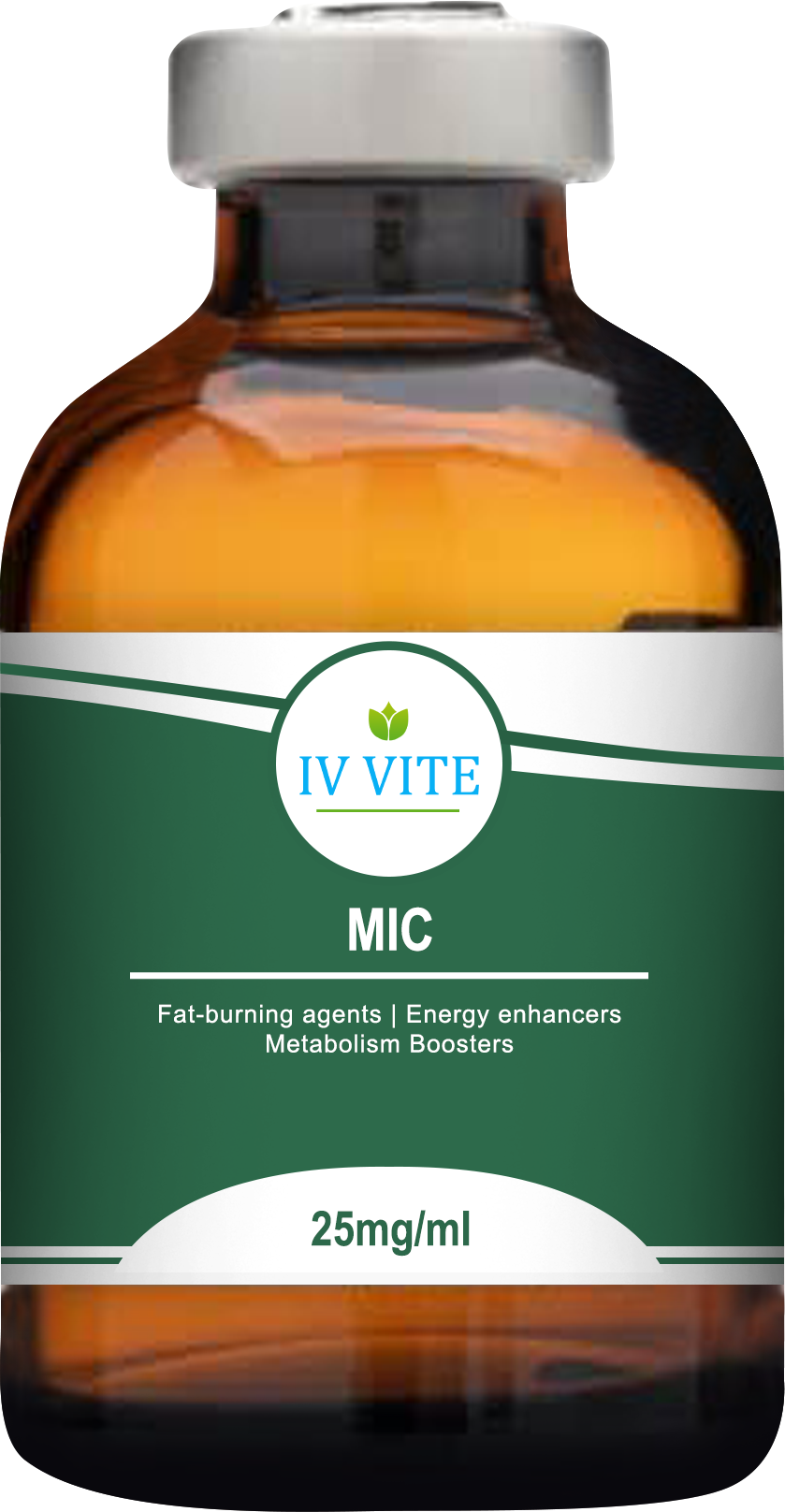Overview
Acetylcysteine is also used for other conditions such as infertility, addictive behavior, and psychiatric diseases such as depression, bipolar disorder, schizophrenia, and obsessive-compulsive disorder.
Dosage, Concentration, Route of Administration
Dosage: Seek advice from a licensed physician, medical director, or other healthcare provider Concentration: 200mg/ml Route of Administration: For IV Injection only
Precautions/Side Effects
N-acetyl cysteine is generally safe for most adults. Always speak with your doctor when taking any new medication to discuss the possibilities. Women who are pregnant or breastfeeding are also typically safe when taking NAC, but should always speak with their healthcare provider before taking. Some drugs may interact with N-acetyl cysteine. One major interaction is with nitroglycerin. Nitroglycerin dilates the blood vessels and increases blood flow. NAC tends to increase the effects of nitroglycerin, possibly causing increased side effects, such as headache, dizziness, and lightheadedness. Another drug that moderately interacts with NAC is activated charcoal. Some common side effects include: – By mouth: nausea, vomiting, diarrhea, or constipation – Intravenously (IV): rash, fever, headache, drowsiness, low blood pressure, and liver problems – By inhalation: swelling in the mouth, runny nose, drowsiness, clamminess, and chest tightness













